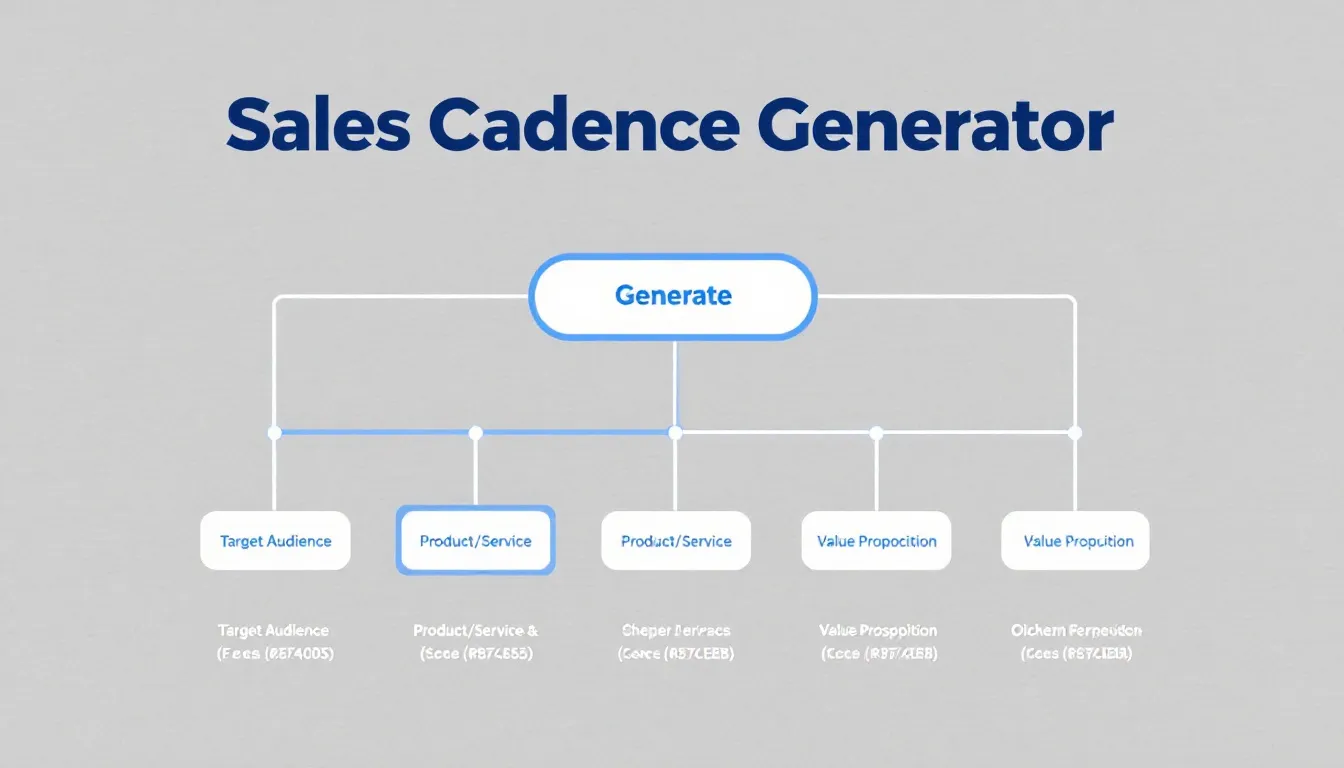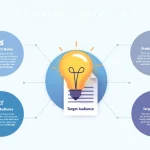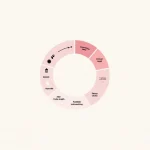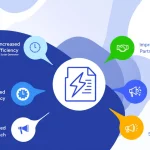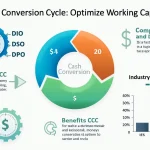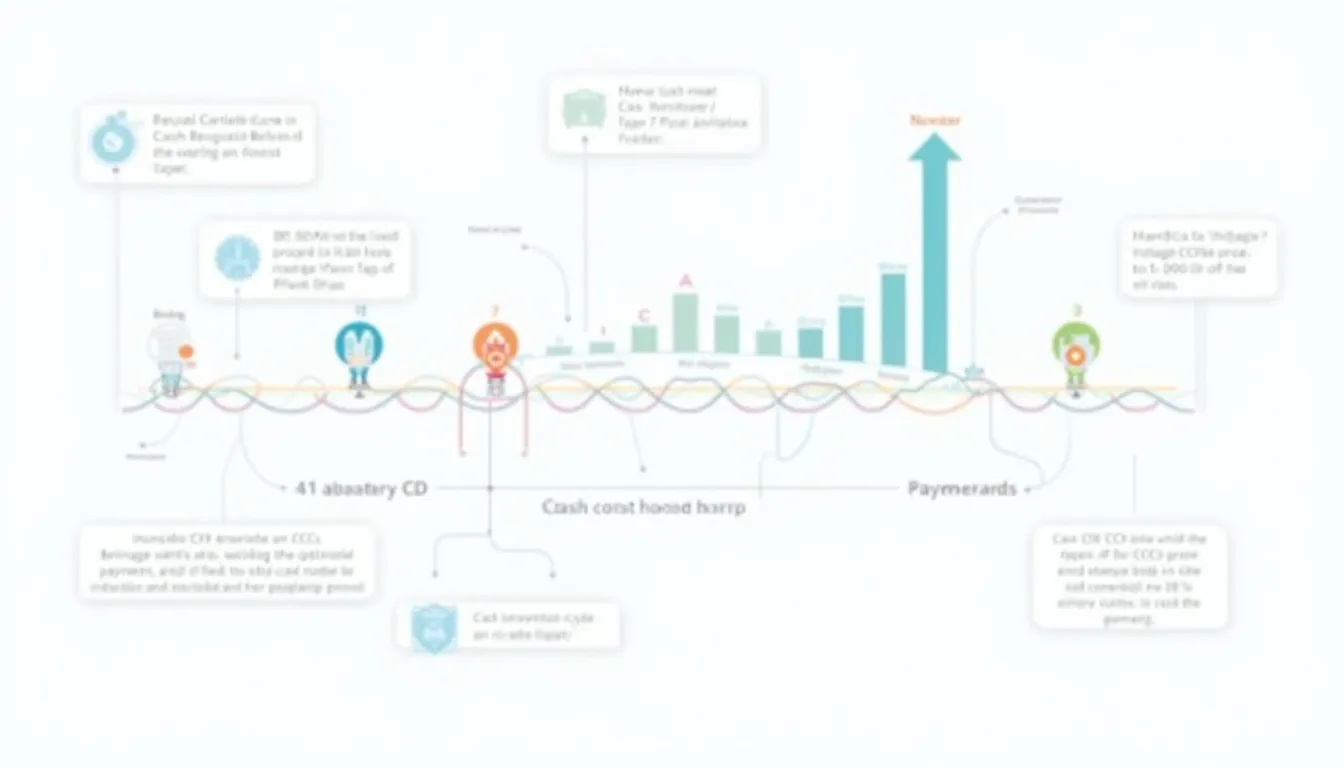Is this tool helpful?
How to Use the Sales Cadence Generator Tool Effectively
The Sales Cadence Generator helps you build personalized sales outreach sequences tailored to your prospects. To get the best results, provide clear and detailed information in the five key input fields below. Each field influences how the tool crafts your sales engagement plan.
1. Target Audience Characteristics
Describe your ideal customer with specific details that help target your outreach accurately. Consider your prospects’ roles, industry, company size, and pain points.
- SaaS managers at startups with 50-200 employees seeking cloud migration solutions
- Retail store owners expanding online sales channels with annual revenues of $1M to $3M
2. Product or Service Description
Explain what your product or service offers. Highlight important features and benefits that solve customer needs.
- AI-driven customer support platform with multilingual chatbots and real-time analytics
- Customizable logistics software for small courier companies aiming to optimize delivery routes
3. Value Proposition and Benefits
Clarify what sets your solution apart and the key advantages it brings to customers.
- Boosts lead conversion by 50% with automated follow-ups and targeted messaging
- Reduces operational costs by 25% via route optimization and automated dispatching
4. Sales Cycle Length (Days)
Enter the typical number of days it takes from initial contact to closing a sale.
- 20 days for subscription-based mobile applications
- 75 days for customized industrial machinery sales
5. Touchpoint Frequency
Choose how often you plan to contact your prospects during the sales process.
- Multiple times weekly for fast-moving consumer products
- Every 2-3 weeks for complex, high-value solutions
What Is the Sales Cadence Generator and How It Benefits Your Sales Process
The Sales Cadence Generator is a tool designed to create structured, personalized outreach sequences that nurture prospects consistently and efficiently. It helps sales professionals develop systematic contact plans based on best practices, behavioral insights, and your specific sales parameters.
Purpose of the Tool
This tool guides your engagement strategy by defining when and how to contact prospects, balancing frequency and personalization. It prevents missed opportunities from inconsistent follow-ups and reduces overwhelm caused by ineffective outreach.
Key Benefits
- Streamlines sales planning: Automate the design of your outreach timeline, saving you time.
- Improves prospect engagement: Follow proven methods that increase response rates and conversions.
- Keeps brand messaging consistent: Standardize communication without losing personalization.
- Adapts to your sales cycle: Align outreach timing with your typical sales process duration.
- Supports multi-channel outreach: Coordinate emails, calls, and social touches for diversified contact.
Practical Uses for the Sales Cadence Generator
This tool fits various industries and sales models. It helps design sequences that move prospects through the pipeline efficiently, no matter your product or service complexity.
Example 1: Technology Product Sales
- Day 1: Automated personalized welcome email
- Day 4: Follow-up call to discuss business challenges
- Day 7: Share a case study focused on industry results
- Day 10: LinkedIn connection request with a note
- Day 14: Invitation to a webinar or product demo
Example 2: Professional Consulting Services
- Week 1: Send capability statement via email
- Week 3: Share relevant whitepaper and insights
- Week 4: Deliver personalized video message addressing client needs
- Week 5: Executive-level phone conversation
- Week 7: Proposal for tailored consulting engagement
Using Your Sales Cadence Plan
Once generated, use your sales cadence as a roadmap. Adapt it as prospects respond or markets shift. The tool provides a foundation for focused engagement that you adjust based on live feedback.
Answers to Common Questions About Sales Cadences
How long should my sales cadence last?
Your cadence length depends on your industry and typical sales cycle. Most business-to-business sales use 8 to 12 touchpoints over 2 to 4 weeks. Complex or enterprise sales might span 6 to 8 weeks with more spaced touchpoints.
Which communication channels should I include?
Incorporate 3 to 4 channels such as email, phone calls, social media, and direct mail. Choose channels your prospects prefer and where they engage most often.
How personalized should each message be?
Each touchpoint should include at least 2 or 3 personalized details tied to your prospect’s industry, role, or challenges. Prioritize personalization on the first and last contacts to make strong impressions.
When should I revise my sales cadence?
Monitor response rates and adjust when you see changes in engagement or enter new markets. Review your cadence every quarter at minimum to keep it relevant and effective.
Can I reuse the same cadence for different products?
You can keep the overall structure but customize your messaging, timing, and channels based on each product’s uniqueness and target audience.
How do I measure cadence success?
Track metrics like response rate, engagement level, conversion rate, and the time it takes to secure the first meeting. Compare these over time to improve your outreach strategy.
Should I stop the cadence once a prospect responds?
You should transition immediately to an active conversation focused on their specific interests. Follow a flexible, responsive approach beyond the structured cadence to close stronger relationships.
Important Disclaimer
The calculations, results, and content provided by our tools are not guaranteed to be accurate, complete, or reliable. Users are responsible for verifying and interpreting the results. Our content and tools may contain errors, biases, or inconsistencies. Do not enter personal data, sensitive information, or personally identifiable information in our web forms or tools. Such data entry violates our terms of service and may result in unauthorized disclosure to third parties. We reserve the right to save inputs and outputs from our tools for the purposes of error debugging, bias identification, and performance improvement. External companies providing AI models used in our tools may also save and process data in accordance with their own policies. By using our tools, you consent to this data collection and processing. We reserve the right to limit the usage of our tools based on current usability factors.
